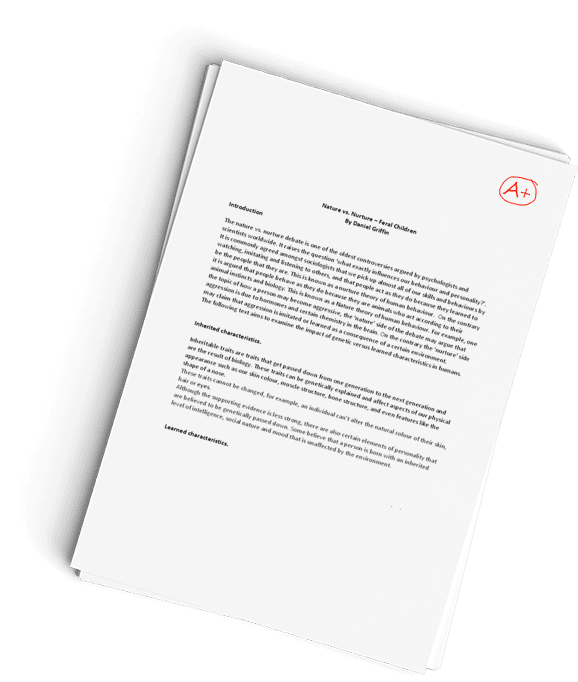FALL PREVENTION
Clinical Problem
Lack of time is another prevalent excuse given by healthcare workers for poor hand hygiene compliance. “There are obviously posters urging personnel to wash their hands every day, so that is not the issue. Hospitals need to focus more on that as a way to improve hand hygiene. Staff members are aware that they should practice good hand hygiene.
An extreme practice to prevent illnesses is hand hygiene. Even healthcare professionals who are responsible for treating patients run the danger of contracting an infection. It is especially crucial to stop the spread of bacteria in hospitals and other facilities like nursing homes and dialysis clinics.
Hand washing

PICO (T) Issue
PICO (T) components consist of the following:
P (Patient or Problem or population) (Patient or Problem or population)
I (Intervention) (Intervention)
C (Comparison) (Comparison)
O (Outcome) (Outcome)
In our situation, a hypothetical inquiry would be: “Does hand washing by medical workers decrease hospital-acquired infections?”
Evidence-Based Medicine PICO

Study Database
Some of the databases utilized in evidence-based practice are listed below:
CAUTI (Catheter-Associated Urinary Tract Infection) (Catheter-Associated Urinary Tract Infection)
CLABSI (Central Line-Associated Bloodstream Infection) (Central Line-Associated Bloodstream Infection)
Cumulative Index to Nursing and Allied Health Literature, or CINAHL
MEDLINE (Medical Literature Analysis and Retrieval System Online) (Medical Literature Analysis and Retrieval System Online)
Evidence-Based Practice Level
Handwashing reduces infection rates, according to the EPIC evaluation, which provides evidence from challenges of various types in a variety of settings, in particular intestinal illness and intensive care.
several forms of evidence-based practice;
Systematic reviews of RCTs at Level I, Level II, and Level III, as well as reviews of nonrandomized studies and cohort studies
Cohort studies in infection control at Level IV

Conclusion
Many medical professionals consider good hand hygiene to be the single most important measure in limiting the spread of patient-related infections.
WHO claims that there is little concrete data on the patient care procedures that are most likely to spread germs to healthcare staff. Despite the fact that bacteria have been found on the hands of HCWs (healthcare workers) during intravascular, catheter, respiratory tract, and wound care procedures
Boyce, , Chartier, Y., Chraiti, M., Cookson, B., Damani, N., & Dharan, S. (2009). WHO guidelines on hand hygiene in health care. Geneva: World Health Organization.
Grol, , & Grimshaw, J. (2003). From best evidence to best practice: effective implementation of change in patients’ care. The lancet, 362(9391), 1225-1230.
Michie, S., Johnston, M., Abraham, C., Lawton, R., Parker, D., & Walker, (2005). Making psychological theory useful for implementing evidence based practice: a consensus approach. BMJ Quality & Safety, 14(1), 26-33.
Pittet, , Hugonnet, S., Harbarth, S., Mourouga, P., Sauvan, V., Touveneau, S., & Perneger,
- V. (2000). Effectiveness of a hospital-wide programme to improve compliance with hand hygiene. The Lancet, 356(9238), 1307-1312.
ORDER A PLAGIARISM-FREE PAPER HERE
We’ll write everything from scratch
Question

EVIDENCE-BASED PROJECT, PART 2: ADVANCED LEVELS OF CLINICAL INQUIRY AND SYSTEMATIC REVIEWS.
FALL PREVENTION
FALL PREVENTION is the chosen clinical issue of interest.
To Prepare:
· Review the Resources and identify a clinical issue of interest that can form the basis of a clinical inquiry.
· Develop a PICO(T) question to address the clinical issue of interest you identified in Module 2 for the Assignment. This PICOT question will remain the same for the entire course.
· Use the key words from the PICO(T) question you developed and search at least four different databases in the Walden Library. Identify at least four relevant systematic reviews or other filtered high-level evidence, which includes meta-analyses, critically-appraised topics (evidence syntheses), critically-appraised individual articles (article synopses). The evidence will not necessarily address all the elements of your PICO(T) question, so select the most important concepts to search and find the best evidence available.
· Reflect on the process of creating a PICO(T) question and searching for peer-reviewed research.
The Assignment (Evidence-Based Project)
Part 2: Advanced Levels of Clinical Inquiry and Systematic Reviews
Create a 6- to 7-slide PowerPoint presentation in which you do the following:
· Identify and briefly describe your chosen clinical issue of interest. (Fall Prevention).
· Describe how you developed a PICO(T) question focused on your chosen clinical issue of interest.
· Identify the four research databases that you used to conduct your search for the peer-reviewed articles you selected.
· Provide APA citations of the four relevant peer-reviewed articles at the systematic-reviews level related to your research question. If there are no systematic review level articles or meta-analysis on your topic, then use the highest level of evidence peer reviewed article.
· Describe the levels of evidence in each of the four peer-reviewed articles you selected, including an explanation of the strengths of using systematic reviews for clinical research. Be specific and provide examples. Include speaker note
"Place your order now for a similar assignment and have exceptional work written by our team of experts, guaranteeing you A results."







